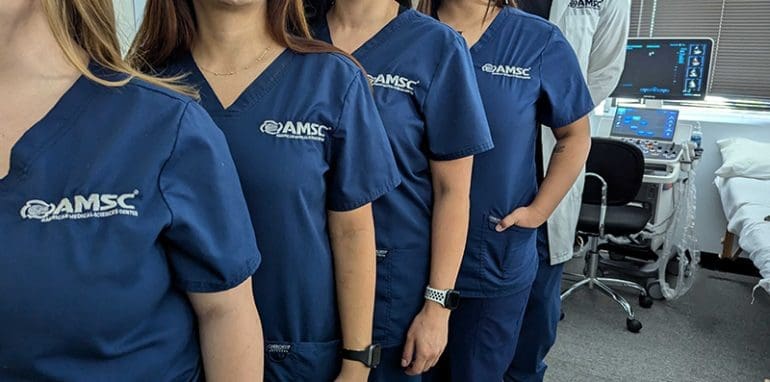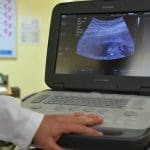
Thinking about studying sonography? Here’s a simple guide to two exciting paths you can take!
If you’re considering a career in diagnostic medical sonography, you might have come across terms like Vascular Ultrasound and Echocardiography (Echo). These are two different areas you can specialize in, but what do they actually mean? And how do you know which one might be right for you?
Let’s break it down in a way that’s easy to understand.
What Is Echocardiography?
Echocardiography, or Echo, is a type of ultrasound that looks at the heart. If you become an Echo tech, your job will be to take pictures of the heart using sound waves. These images help doctors see how well the heart is working.
You’ll learn to check things like:
- How the heart beats and pumps blood
- If the heart valves are opening and closing properly
- If there are signs of heart disease or damage
Common Echo tests include:
- TTE (Transthoracic Echo): A basic scan done on the chest
- TEE (Transesophageal Echo): A special scan done through the throat
- Stress Echo: A scan done after exercise or with medicine to see how the heart handles stress
What Is Vascular Ultrasound?
Vascular ultrasound focuses on the blood vessels like the arteries and veins that carry blood throughout your body. If you become a vascular tech, you’ll use ultrasound to check if blood is flowing properly.
You’ll learn to look for:
- Blood clots
- Blocked or narrowed arteries
- Varicose veins
- Poor circulation in the legs or arms
Common vascular tests include:
- Carotid scan: Checks blood flow in the neck
- DVT scan: Looks for clots in the legs
- Arterial scan: Checks arteries in the legs
- ABI test: Measures blood flow in the legs
Which One Should You Choose?
You don’t need to decide right away. During your training, you’ll get a chance to explore different types of ultrasound. The most important thing is to follow your interests and see what feels like the best fit for you.
No matter which path you choose, you’ll be making a real difference in people’s lives by helping doctors diagnose and treat health problems.








